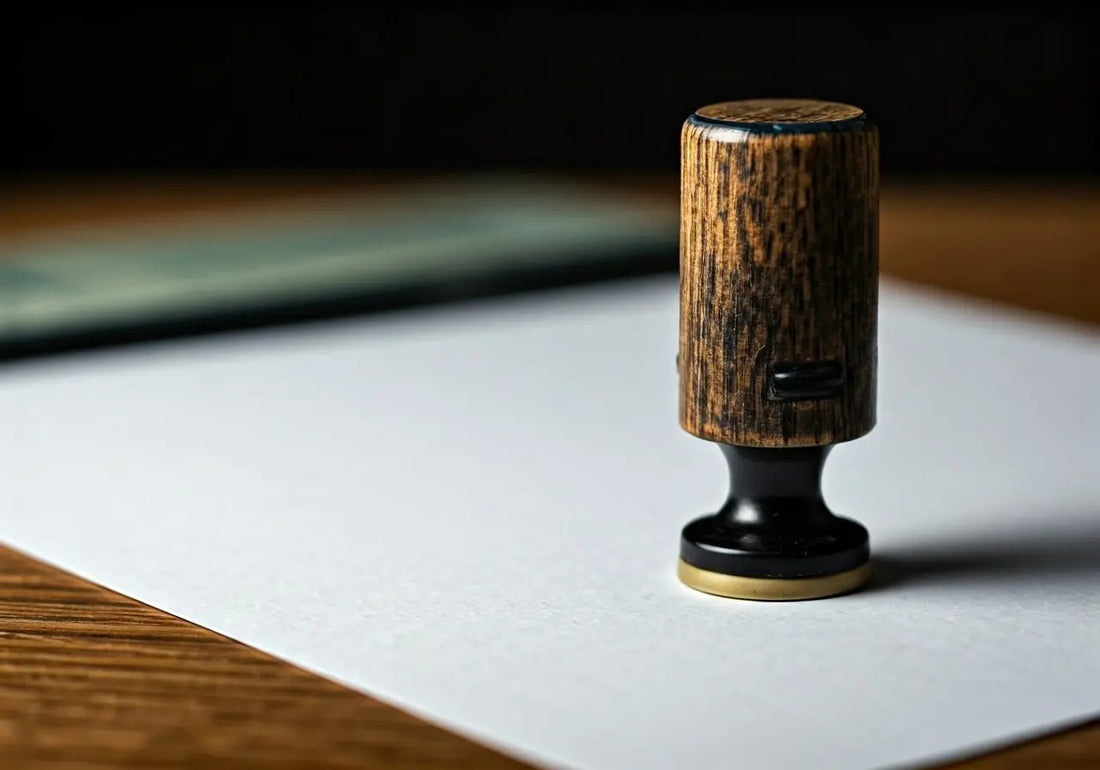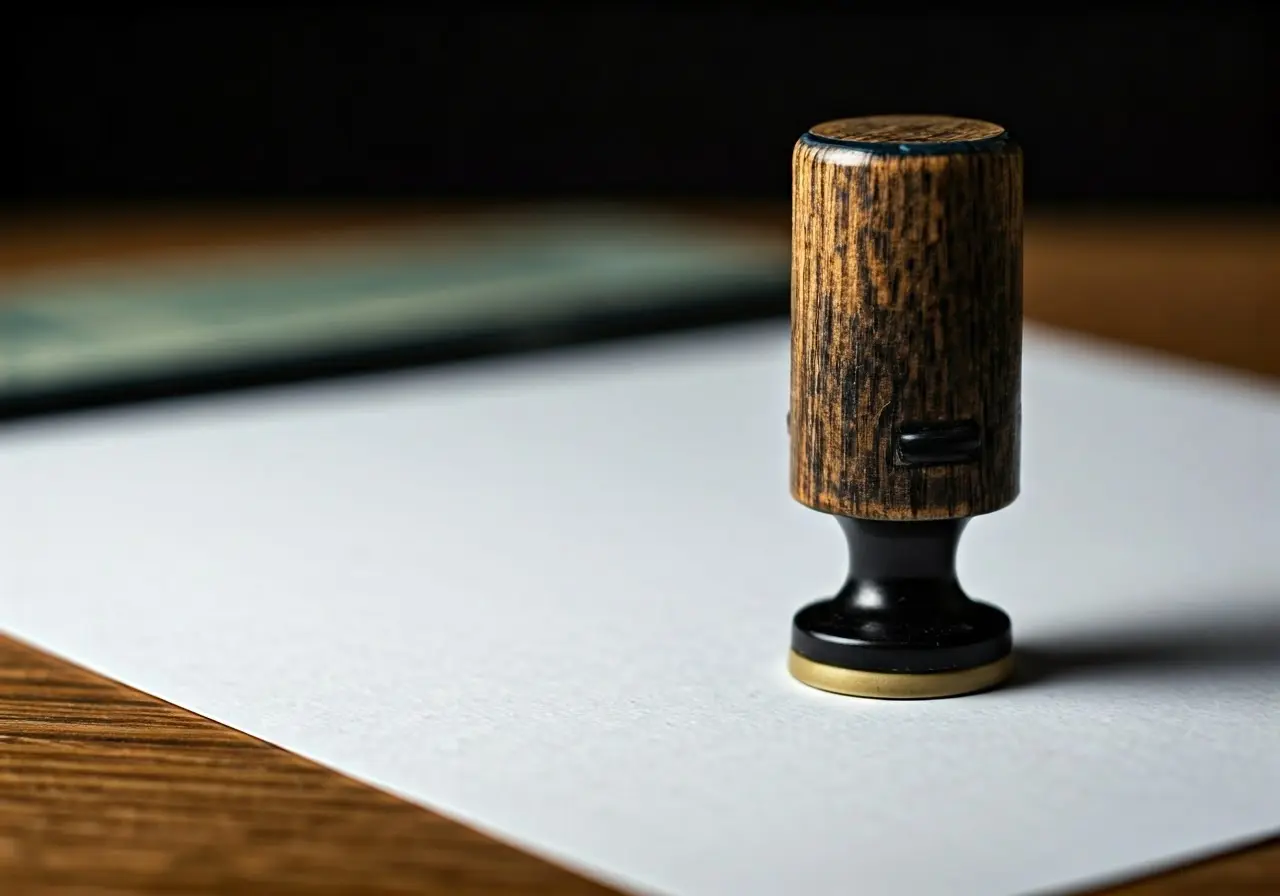
How Do Self-Inking Stampers Work?
Self-inking stampers are essential tools for quick and efficient stamping, popular in both personal and professional settings. This FAQ will explore how these ingenious devices function and the benefits they offer.
What is a Self-Inking Stamper?
A self-inking stamper is a device that holds ink within the stamp, automatically transferring ink to the surface with each press. Unlike traditional rubber stamps, which require a separate ink pad, self-inking stampers have a built-in ink supply. This design simplifies stamping tasks by eliminating the need for constant re-inking.
Popular among both hobbyists and professionals, self-inking stampers are valued for their efficiency and ease of use. These tools are perfect for high-volume stamping needs, as they speed up the process without compromising on quality.
If you’re looking to customize your projects or branding efforts seamlessly, consider exploring the options available in our Everyday Stampers & Embossers Collection.
Components of a Self-Inking Stamper
Key components include the ink pad, stamp die, and housing, all working together to produce a clean impression. The ink pad is typically replaceable and is located within the housing. It supplies ink to the die, which contains the desired design or text. When pressed, the die rotates to contact the ink pad, picking up ink before stamping onto paper.
The housing encompasses these parts, not only protecting them but also ensuring the smooth motion of the mechanism. This robust design allows for thousands of impressions with clarity and consistency.
For those interested in enhancing versatility, our designs accommodate interchangeable faces. Discover more about our customizable options here.
How Does the Self-Inking Mechanism Work?
The mechanism rotates the stamp die to contact the ink pad after each use, ensuring consistent coverage without manual re-inking. This rotation is automatic, resetting the stamper in a ready position for the next use. When pressure is applied, the stamp surface rotates away from the ink pad and towards the stamping surface, making the impression.
This seamless operation showcases the stamper’s ingenuity, combining mechanical precision with user-friendly design. It effectively hides the complexity of mechanics within an approachable device for everyday use.
Interested in enhancing your DIY projects with custom stamping solutions? Discover the possibilities through our Rise of Custom Stampers in DIY Projects.
Advantages of Using Self-Inking Stampers
These stampers are time-saving, cost-effective, and reduce mess by avoiding separate ink pads. Perfect for any office or craft station, their self-contained design means fewer supplies and streamlined processes. Businesses benefit from quick and repetitive stamping needs, while crafters enjoy the ability to focus more on creativity than setup.
Environmental friendliness is another benefit, as they encourage less ink waste. The smart design promotes longevity and reduced resource consumption, aligning with sustainable crafting practices.
If you are in the market for versatile and convenient stamping options, check out our premium collection available here.
Maintaining Your Self-Inking Stamper
Regular cleaning and timely ink refills help maintain the stamper’s functionality and extend its lifespan. After multiple uses, inspect the ink pad and refill it when the impressions begin to fade. This ensures consistent quality and prolongs the stamper’s usability.
Periodically clean the stamper with a damp cloth to remove any ink buildup or debris. This prevents blockages and maintains smooth operation.
Need instructions on maintaining your stamper? Download our comprehensive guide here.
Wrapping Up: The Inner Workings of Self-Inking Stampers
In conclusion, self-inking stampers offer a convenient and efficient stamping solution that combines simplicity with longevity. Whether used for business or personal purposes, understanding their mechanics can help you make the most of this handy tool.

